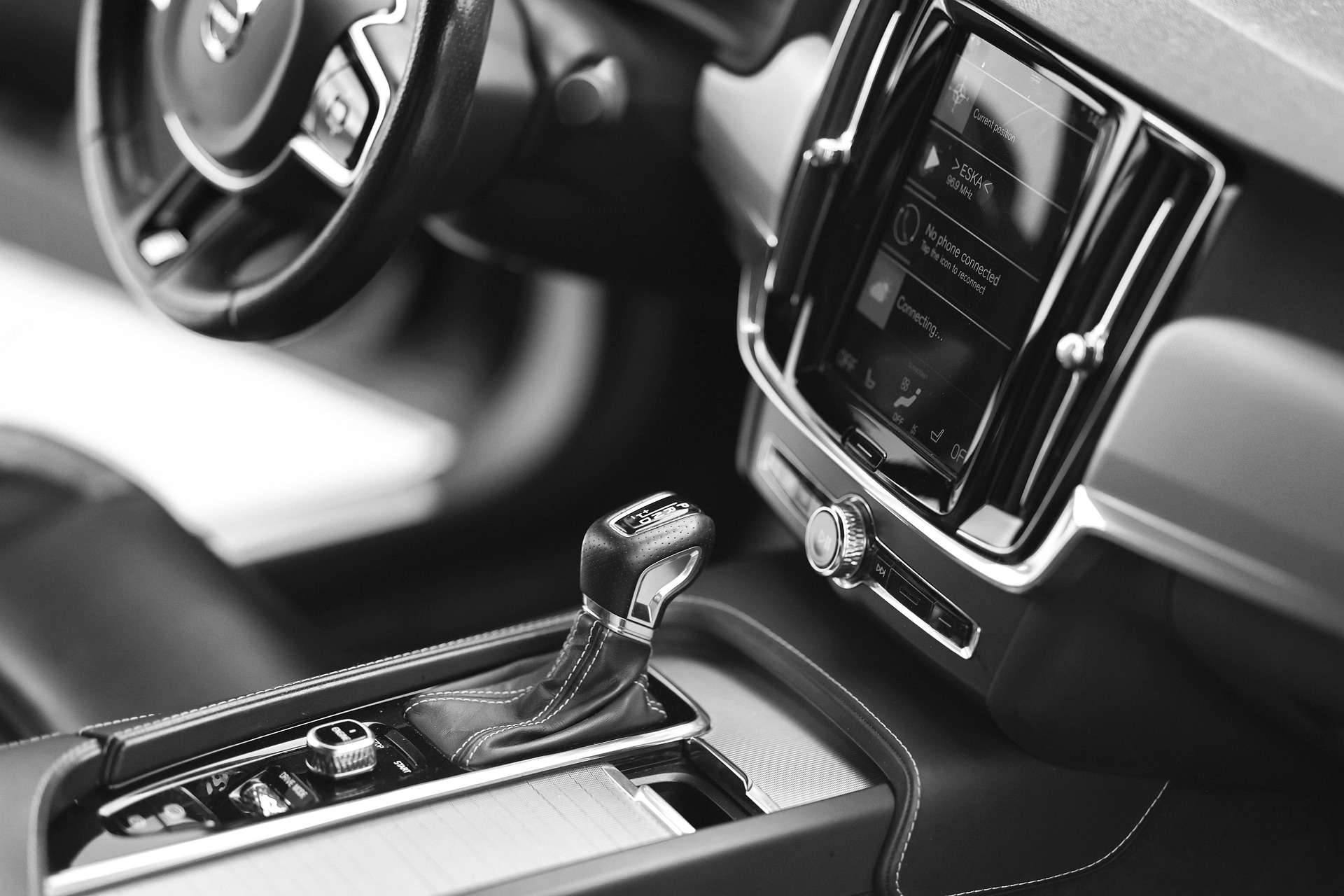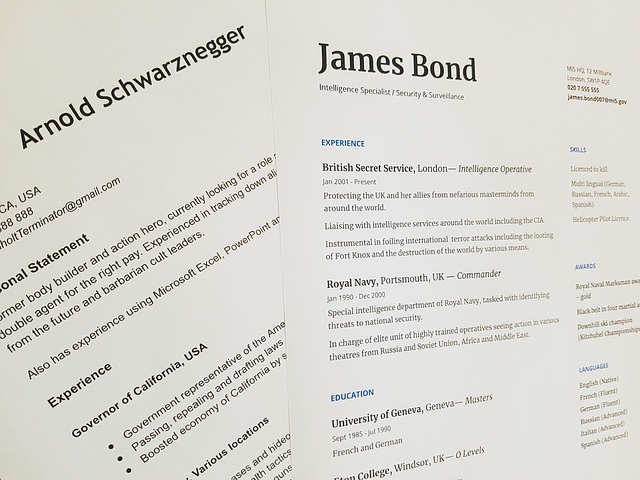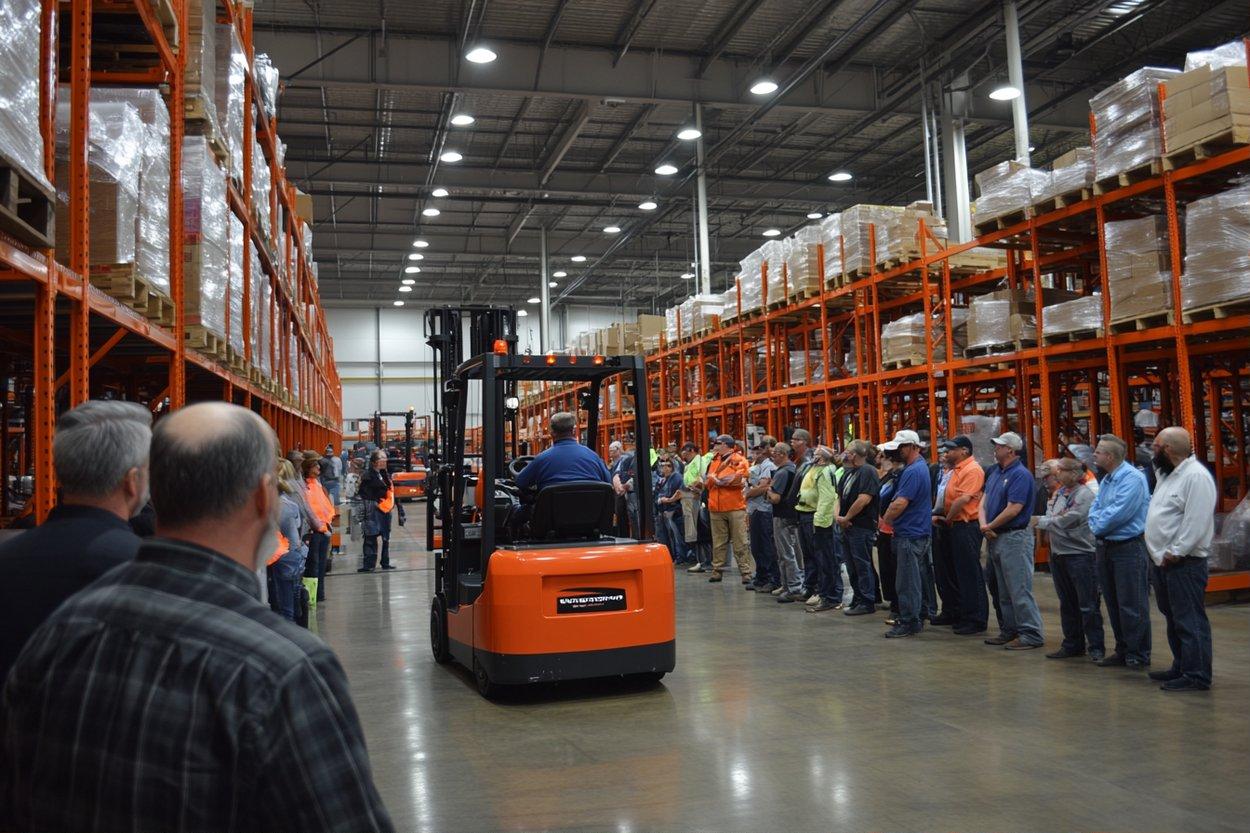Rediscovering the Art of High-Performance: The Renaissance of Rotary Engines
The rumble of a rotary engine is a distinctive sound, an unmistakable auditory signature that has inspired a dedicated following among auto enthusiasts. Yet, the rotary engine's heyday seemed to have passed, overshadowed by more fuel-efficient and emission-friendly engine designs. But is the curtain really falling on this unique piece of automotive technology, or are we on the brink of a rotary engine renaissance?
The Rotary Revolution: A Brief Background
Invented by Felix Wankel in the 1950s, the rotary engine (also known as the Wankel engine) was a significant departure from the traditional piston engines. Its design was elegantly simple, featuring a triangular rotor spinning inside an oval-like housing, creating a combustion process that was smoother, quieter, and more powerful for its size than its piston counterparts.
Cars like the iconic Mazda RX-7 showcased the rotary engine’s high-revving, high-performance capabilities, earning a dedicated fan base. However, the rotary engine’s inherent inefficiencies in fuel economy and emissions, combined with its unique maintenance needs, led to its gradual decline.
The Resurgence: Why Now?
Despite these challenges, recent technological advancements and changing industry trends are setting the stage for a potential rotary engine comeback. Innovative engineering solutions are addressing the engine’s historical drawbacks, making it a viable option for today’s automotive market.
The key lies in addressing the rotary engine’s inefficiencies. Advanced sealing technology reduces the leakage of combustion gases, improving fuel economy. Meanwhile, advances in materials science allow for lighter, more heat-resistant engine components, addressing the problems of emissions and engine wear.
The Rotary Engine: A Powerhouse for the Future?
The rotary engine’s unique strengths make it a viable contender in the evolving automotive landscape. Its compact size and high power-to-weight ratio make it an attractive option for performance cars and even aircraft. It also excels as a range extender for electric vehicles, a role Mazda has already explored with the RX-VISION GT3 CONCEPT.
However, it’s not just about performance. The rotary engine’s smooth operation and distinct sound appeal to drivers’ emotions, a factor that should not be underestimated in an industry increasingly focused on the driving experience.
Challenges and Potential Roadblocks
Of course, reviving the rotary engine is not without its challenges. Meeting modern emissions standards is a significant hurdle, and the engine’s unique maintenance needs may deter some consumers. Moreover, the rotary engine’s future depends on the automotive industry’s willingness to invest in this technology and consumers’ readiness to embrace it.
The Verdict: A Renaissance in the Making?
The rotary engine’s future is still uncertain, but the signs of a potential renaissance are there. If the technical challenges can be overcome, and if the automotive industry and consumers are ready to embrace this unique technology, the distinctive rumble of a rotary engine may once again become a regular soundtrack on our roads.
In conclusion, the rotary engine was once viewed as an eccentric outlier in the automotive world, its unique advantages overshadowed by its challenges. However, with modern technological advancements and changing industry trends, we might just be on the cusp of a rotary engine renaissance. Only time will tell if this unique piece of automotive history can make a triumphant return.





